|
|
 |







 |
|
|
|
UNSPOILED
NATURE |
|
|
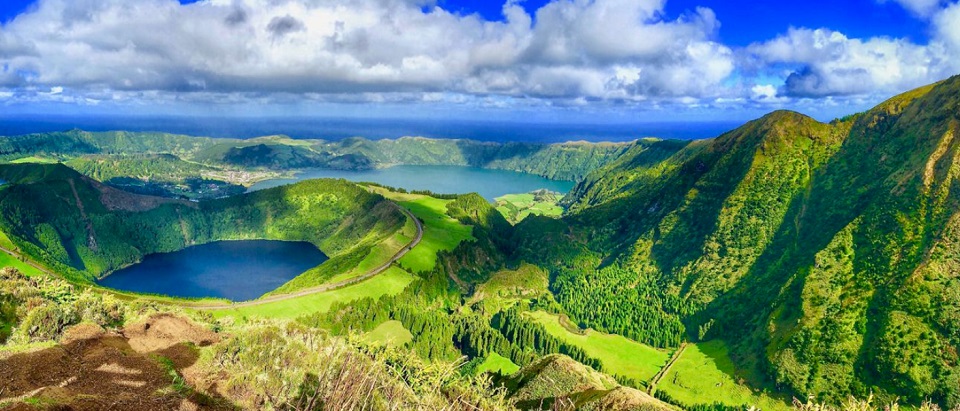 |
|
|
The Azores are often
described as "Europe meets Hawaii" with a mix of Iceland's
striking volcanic landscapes, but those who visit these
islands will quickly realize that they are truly unique
beyond comparison. Having remained relatively off the radar
for decades, the islands remained largely untouched and
undiscovered by tourists, perfectly preserving their natural
beauty and authenticity. The locals appreciate and respect
the nature of these islands and want to preserve athem just
as much as they want to share them with the world.
Sustainability and preservation are such a priority here in
the Azores, that the destination has been recognized as one
of the "Most Sustainable Tourism Destinations in the World."
The pure, unspoiled landscapes of these islands attract
visitors from far and wide -- and with good reason.
So, what are the most impressive views and natural
landscapes you can see in the Azores? We break it down,
island by island, with this list of Best Natural Landscapes
of the Azores Islands here. |
|
|
|
Sete Cidades in São Miguel
Island, Azores |
|
|
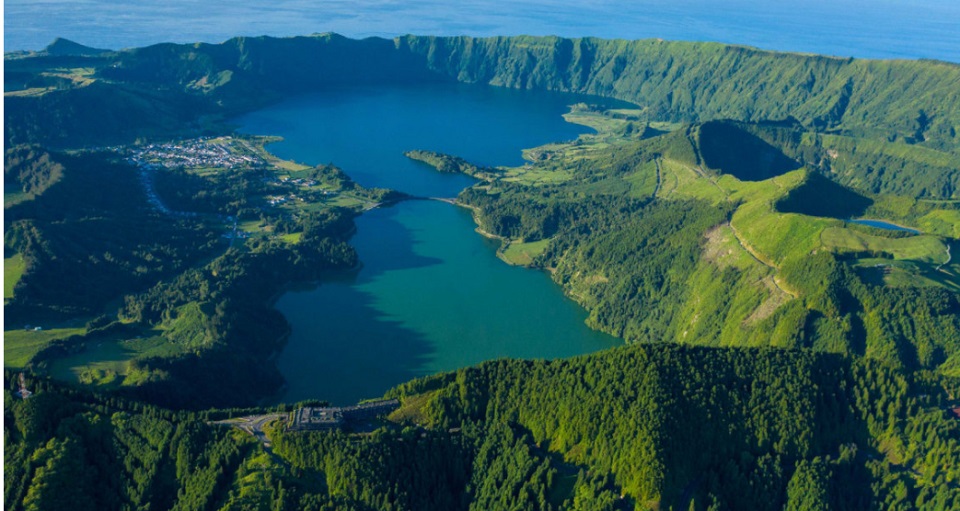 |
One of the 7 Natural Wonders of Portugal, this show-stopping crater full
of lakes has become one of the most emblematic images of the Azores.
There are (amazingly) 11 lakes in total around Sete Cidades, but they
can only be seen from certain angles at the different miradouros
(viewpoints) in the area. To fully appreciate the breathtaking panoramic
views over the mystical blue and green lakes, head to the Vista do Rei
viewpoint. While you're there, make your way over to the Boca do Inferno
for some jaw-dropping 360 views overlooking the Lagoa do Canario and the
other lagoons below, Sete Cidades village, and an expansive view of the
Atlantic beyond the ridge of the crater. |
|
|
|
Lagoa do Fogo in São Miguel
Island, Azores |
|
|
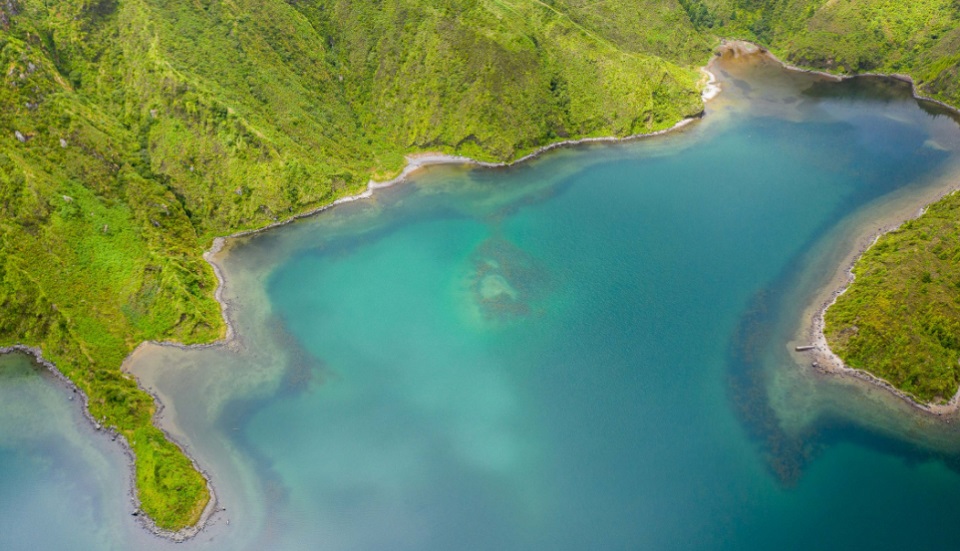 |
Lagoa do Fogo, which translates roughly into "Lagoon of Fire", is a
crater lake at the center of São Miguel Island. This Protected Natural
Reserve sits tucked away atop the impressive Pico da Barrosa, far from
the civilization and noise below. Lagoa do Fogo's crystal-clear
turquoise waters are surrounded by tall mountain peaks, lush vegetation
and white sand on all sides. Take in the magnificent views at any of the
viewpoints around the mountaintop, or if you're feeling adventurous,
venture out on one of the many hiking trails that take you down to the
lake's edge. |
|
|
|
Furnas in São Miguel Island,
Azores |
|
|
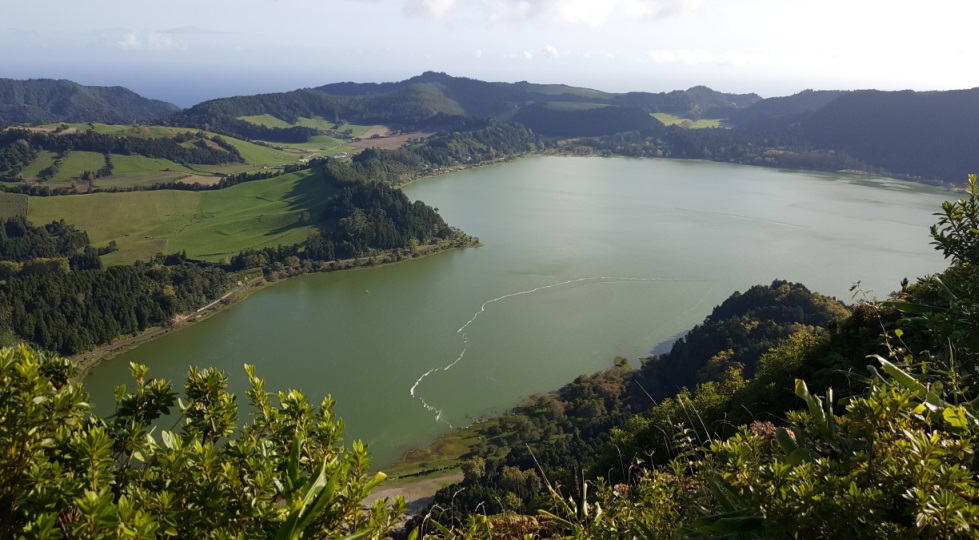 |
Furnas Valley is famous worldwide for its bubbling caldeiras and hot
springs where visitors can relax with a thermal bath at any time of the
year, but this mystical volcanic valley is full of interesting
surprises. Visitors can take in impressive panoramic views of the lake
and village from the Pico do Ferro viewpoint. Head to the lake for a
walk around its perimeter and surrounding parks and gardens, and then
watch as restaurant workers pull steaming hot pots of Cozido (a
traditional Portuguese stew) out of the fumaroles for lunch. Make your
way to the charming village of Furnas to enjoy some cozido, and then
take a walk around the center of town to see the bubbling sulfur pits
and try the mineral spring water spouting around every corner. Nature
here is constantly shifting and changing before your eyes as you watch
this dormant volcano breathe with activity all around you. |
|
|
|
Vila Franca do Campo Islet in São Miguel Island, Azores |
|
|
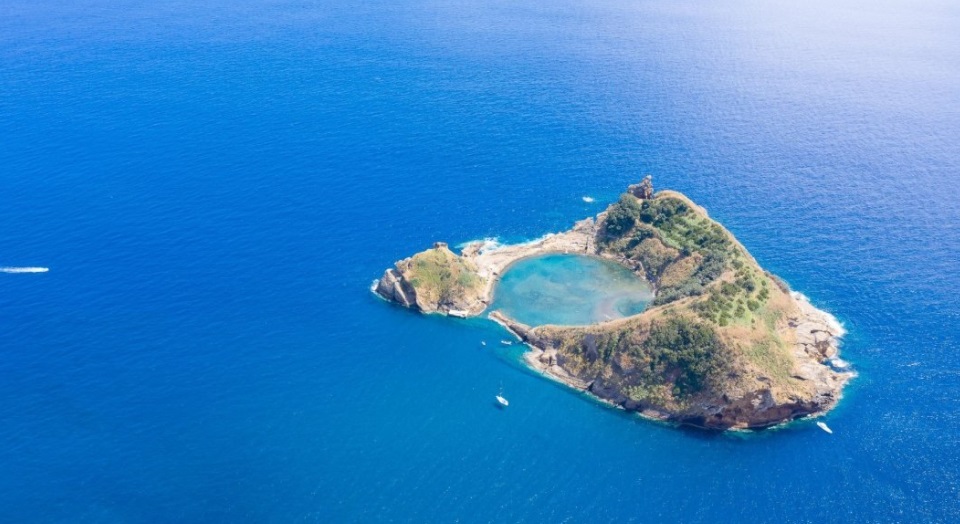 |
A picturesque nature reserve located approximately 1km off the coast,
the Ilhéu de Vila Franca features a salt water inlet created by volcanic
crater (perfect for snorkeling!) This little islet is rich in marine
biodiversity and home to many unique species. To protect them all, the
islet is only open to visitors during the summer months and is limited
to 400 visitors per day. |
|
|
|
Tea Plantations in São Miguel
Island, Azores |
|
|
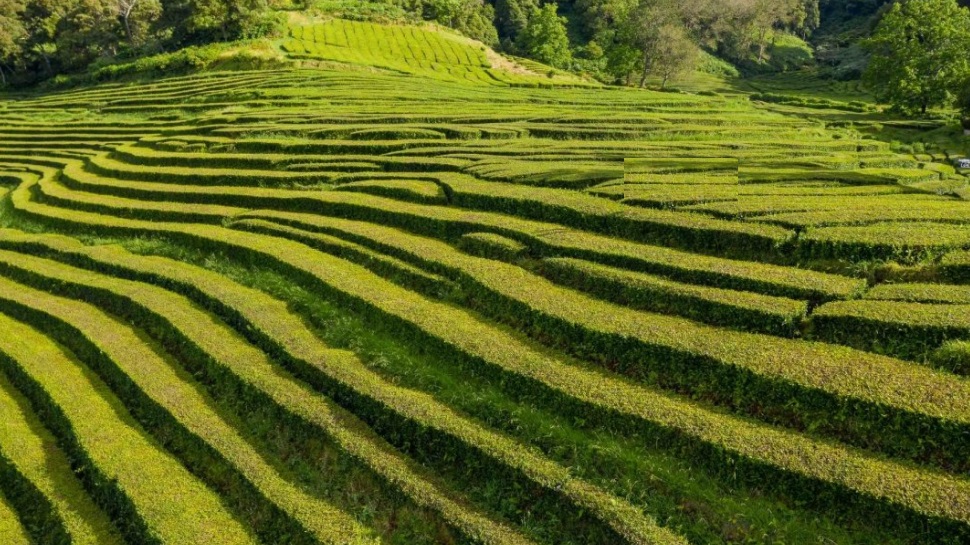 |
The Azores Islands are known for their breathtaking natural beauty,
unique volcanic properties, delicious food and endless potential for
adventure. Though tea has been grown here for almost 200 years, the
Azores have quietly reigned as Europe's secret tea capital. In the
middle of the Atlantic, roughly 900 miles from the coast of mainland
Portugal, you'll find Europe's only two commercial tea plantations
sprawling along the hillsides of São Miguel Island's north coast. |
|
|
|
São Lourenço Bay in Santa Maria
Island, Azores |
Santa Maria Island is often referred to as the "Algarve of the Azores"
and one visit to the dreamy white sand coastline of São Lourenço Bay is
enough to understand why. The calm, crystal clear waters are protected
by steep, dramatic cliffs on either side, with sweeping vineyards
growing up the hillsides behind the bay. |
|
|
|
|
|
Barreiro da Faneca in Santa
Maria Island, Azores |
Designated the "Red Desert of the Azores", the Protected Landscape Area
of the Barreiro da Faneca is a fascinating sight and a unique piece of
geological history. The reddish clay was formed by lava flows, volcanic
ashes, and 3 to 4 million years' worth of warm, humid weather -- a rare
and beautiful natural landscape |
|
|
|
|
|
Pico Mountain in Pico Island,
Azores |
|
|
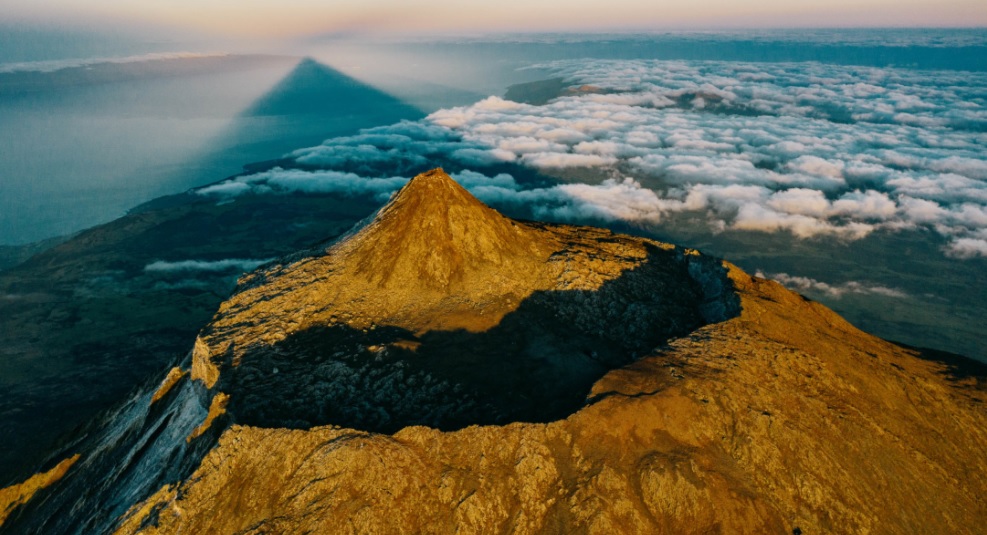 |
Standing tall at 2,351 m (7,713 ft), Mount Pico looms taller than any
other peak in the Azores and is in fact the highest point in all of
Portugal. You don't need to hike this impressive mountain to appreciate
her beauty, though it is one of the most popular hiking attractions in
Europe; Mount Pico can be seen from nearly any spot on Pico Island, as
well as nearby islands Faial and São Jorge, and on sunny days, she can
even be seen from Terceira and Graciosa. |
|
|
|
Fajãs of São Jorge Island,
Azore |
São Jorge is known for its beautiful "fajãs" and coastal views. A fajã
is a permanent debris field constructed from landslides or lava flows
and there are more than 40 on this island alone. Many can only be
accessed through foot trails or by ATVs, but even if you can't make the
trek, they are worth admiring from one of the many viewpoints
overlooking them all around the island. From the Fajã da Caldeira do
Santo Cristo, the most famous because of its delicious local clams, to
the Fajã dos Cubres, with its sparkling lagoon, and the Fajã do Ouvidor
with its natural ocean pools, you can plan your trip to São Jorge around
a fajã itinerary alone! |
|
|
|
|
|
Serra do Cume in Terceira
Island, Azores |
|
|
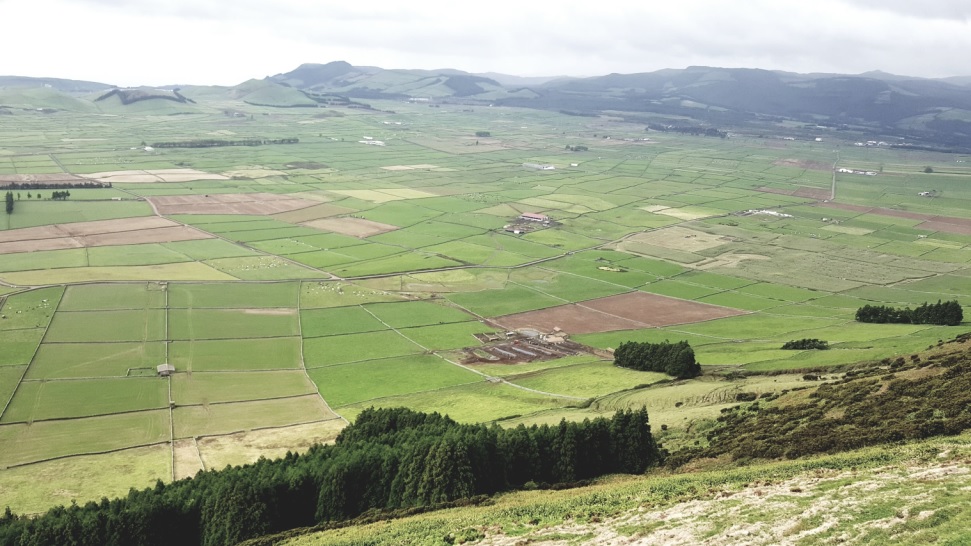 |
One of the most popular attractions on Terceira Island, the spectacular
Serra do Cume is actually the result of a volcanic eruption. This flat
"patchwork" plain was once a volcanic crater, and is now a large stretch
of vibrant green pasture land divided by basalt rock walls. At its
highest point, Serra do Cume rises to 545 m (1,788 ft) in height,
allowing for wide, panoramic observation and excellent visibility. From
one of its faces you can see the city of Praia da Vitória and its bay,
and Lajes Air Base. On the other, the view is of the immense plain and
its vegetation, beyond the natural stone walls. |
|
|
|
Algar do Carvão in Terceira
Island, Azores |
|
|
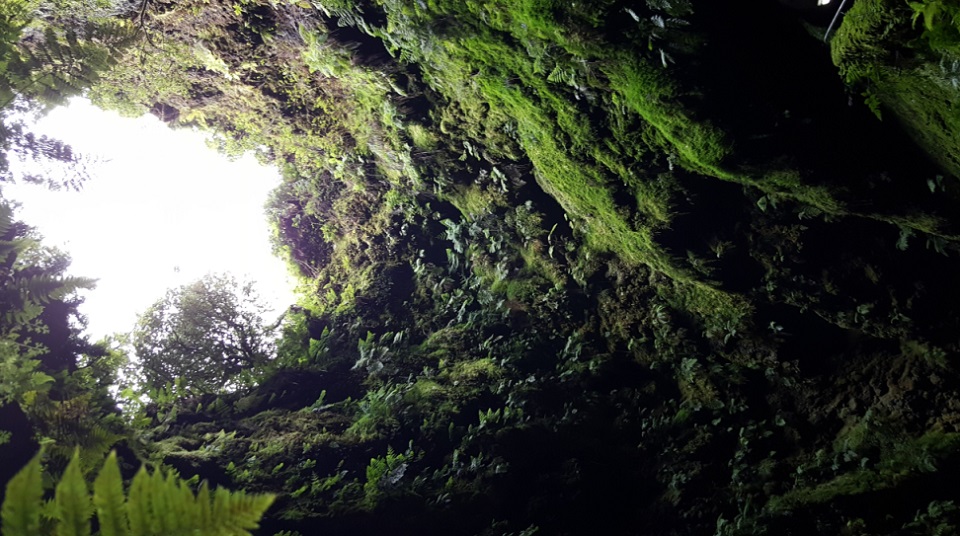 |
Descend 90 m (300 ft) down into one of the only volcanoes in the world
you can enter and explore! Algar do Carvão is an ancient lava tube and
volcanic chimney formed approximately 3,200 years ago and it is quite
the sight to behold. This popular spot is a natural reserve with limited
visiting hours, so be sure to plan ahead and put it at the top of your
list. |
|
|
|
Monte Brasil in Terceira
Island, Azores |
|
|
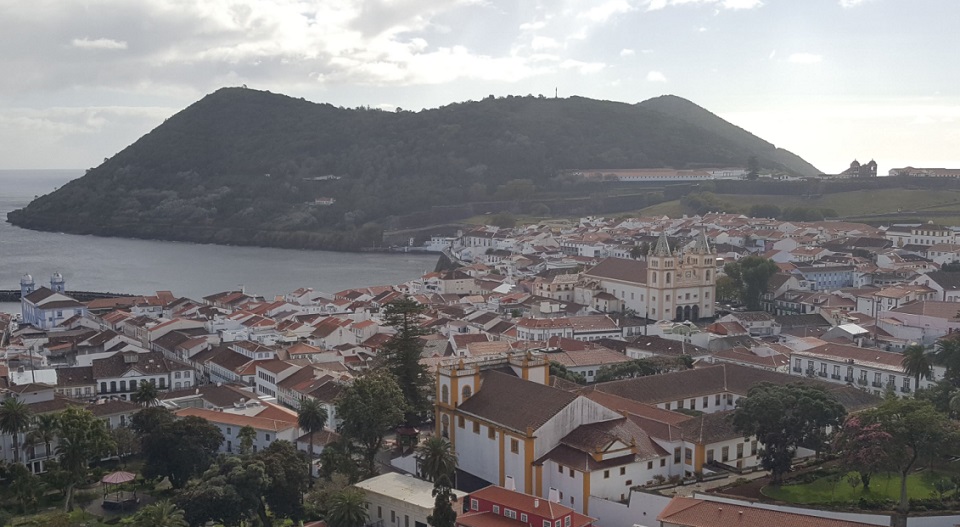 |
The Monte Brasil is the result of a collapsed volcanic cone that ended
up attaching to the beautiful city of Angra do Heroísmo, Terceira Island
capital and a UNESCO World Heritage Site. Monte Brasil functions as a
shelter to the city, and you can get to the top of it -- you'll be
gifted with a 360º view over Angra and the island. |
|
|
|
Capelinhos Volcano in Faial
Island, Azores |
|
|
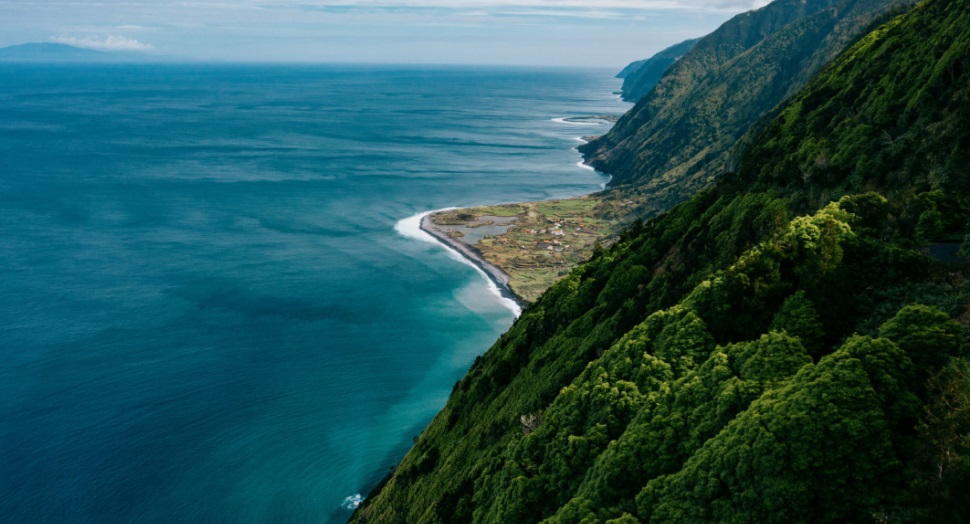 |
Capelinhos Volcano is located on the western cape of Faial Island, and
it is the site of the Azores' most recent volcanic eruption which
occured from September 1957 - October 1958. This volcanic eruption
started underwater, eventually boiling to the surface. The volcano
spewed enough ash, sand and lava to form a new land mass, almost
completely burying the nearby lighthouse. Now its lighthouse and
underground Visitors Center serve as a popular landmark, and in fact,
the Visitors Center was constructed underground so it wouldn't interfere
with the stunning volcanic landscape that evokes the feeling of being on
Mars. It's full of amazing expositions focused not only on the
Capelinhos eruption, but also on volcanic activity in the Azores and
beyond. |
|
|
|
Caldeira of Faial Island,
Azores |
The Caldeira do Faial Nature Reserve is a sanctuary of rare, endemic
flora of the Azores. It is a 400 m (1,312 ft) deep crater resulting from
the eruption of the largest volcano on the island. Enjoy this view from
the viewpoint of Caldeira do Faial, or head out on one of the trails
that wind around this impressive landscape for a different perspective.
|
|
|
|
|
|
|
|
Windmills of Graciosa Island,
Azores |
The Flemish-influenced windmills of the island are spread a bit all over
the island, and some of them serve nowadays as local accommodations for
visitors who intend to have a unique and authentic experience. |
|
|
|
Furna do Enxofre in Graciosa
Island, Azores |
On Graciosa Island, get ready to experience a lava cave of unique
beauty. Furna do Enxofre's main feature is its impressive perfectly
vaulted ceiling. Before entering the cave, you will walk through a
mystical 200 m (656 ft) tunnel and then a 183-step staircase leads you
further down on a descent into the Earth. The play of light inside Furna
do Enxofre makes this natural setting a complete visual spectacle while
allowing you to clearly observe the fascinating details of volcanic
activity up close. |
|
|
|
Poço das Alagoinhas in Flores
Island, Azores |
Although Flores Island got its name from the immense stretches of
flowers that blanketed the island when settlers first arrived, the main
show-stopping attraction of the island is actually its many waterfalls.
Poço das Alagoinhas, which is also known as Poço da Ribeira do Ferreiro,
is an unbelievable cliffside with 20 waterfalls cascading through lush
vegetation, down into a lake that perfectly mirrors this breathtaking
view. Poço das Alagoinhas is only accessible by hiking trail, which
makes it an even more special and untouched place where the only thing
you hear is the rush of running water falling and the birds singing (and
maybe a few frogs!) |
|
|
|
|
|
The Seven Lakes of Flores
Island, Azores |
A tour through Flores would not be complete without a visit to each of
its seven lagoons. The viewpoint of Lagoa Negra & Lagoa Comprida
promises to be one of your favorite places on the whole island, but the
lagoons of Rasa and Funda, Lagoa da Lomba, and the Branca and Seca
lagoons are not far behind. |
|
|
|
Caldeirão in Flores Island,
Azores |
One of the Azores most beautiful natural landscapes can be found on the
smallest and most remote island of Corvo. The island's only paved road
leads to the breathtaking Caldeirão, a crater that resulted from the
island's single volcano of origin. Boasting an impressive 3.7 km (2.3
mi) circumference and 300 m (985 ft) depth, this gigantic crater can be
reached by spectacular hiking trails or from the viewpoint above. The
crater also has two lakes with a few tiny islets, which locals like to
say represent the islands of the archipelago. |
|
|
|
and many many more... |
|
|
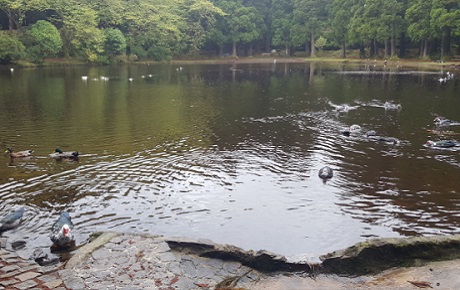 |
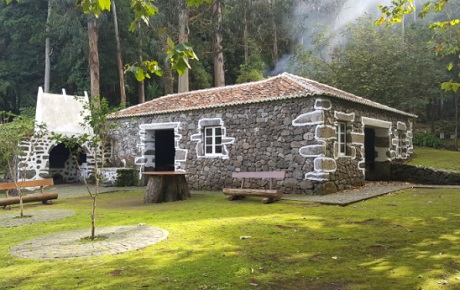 |
|
|
|
|
|
|
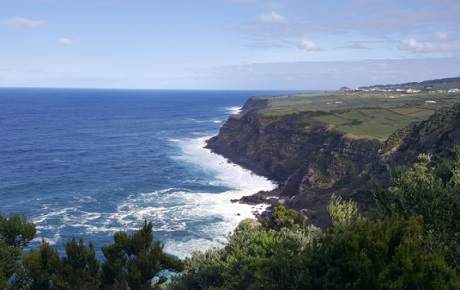 |
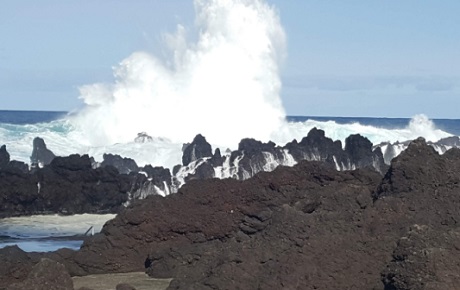 |
|
|
|
|
|
|
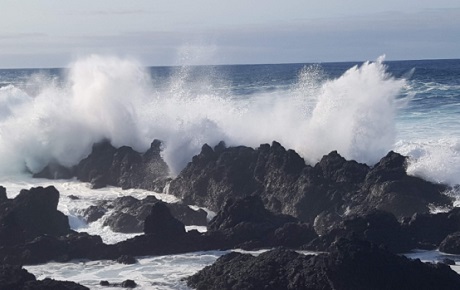 |
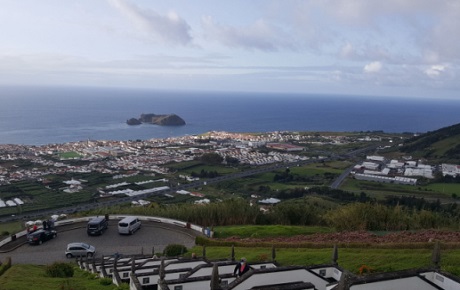 |
|
|
|
|
|
|
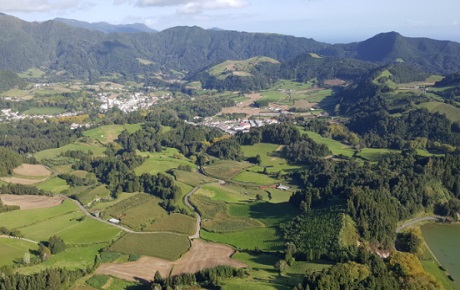 |
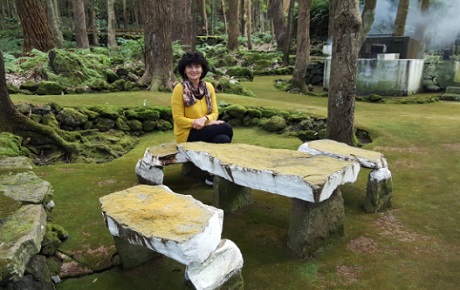 |
|
|
|
|
|
|
 |
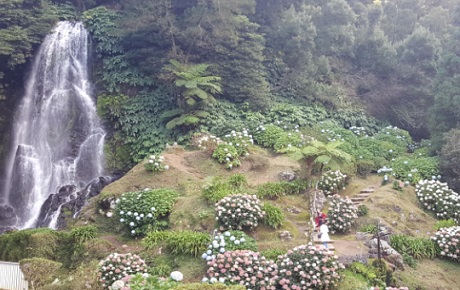 |
|
|
|
|
|
|
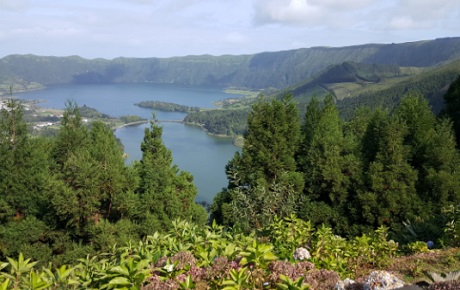 |
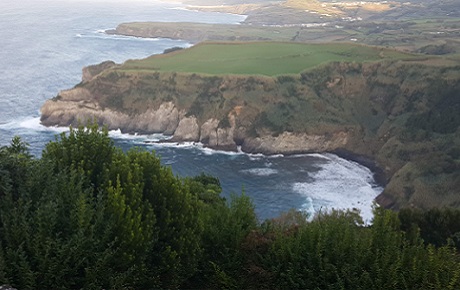 |
|
|
|
|
|
|
|
|
|
 |
|
|
|
 |
|
|
|
Other cities to explore |
|
|
 |
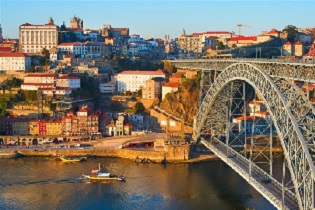 |
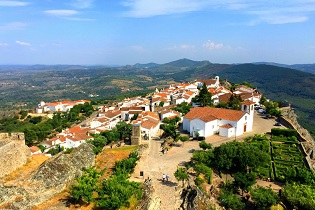 |
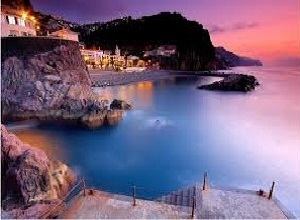 |
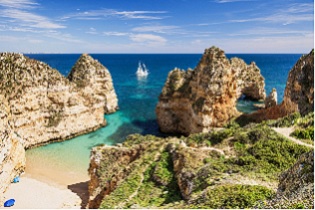 |
|
Lisbon |
Porto |
Alentejo |
Madeira |
Algarve |
|
|
|
|
|
Home
I
About Us
I
Inspiration
I
Luxury Wellness
I
River Cruises
I
Useful Links
I
Contact
|
|
|
|
|